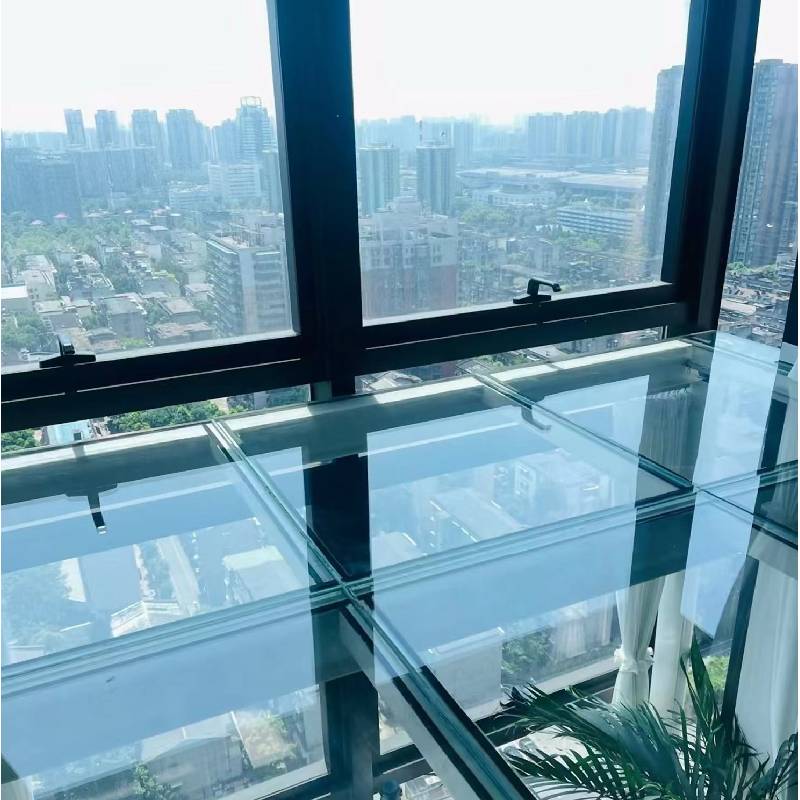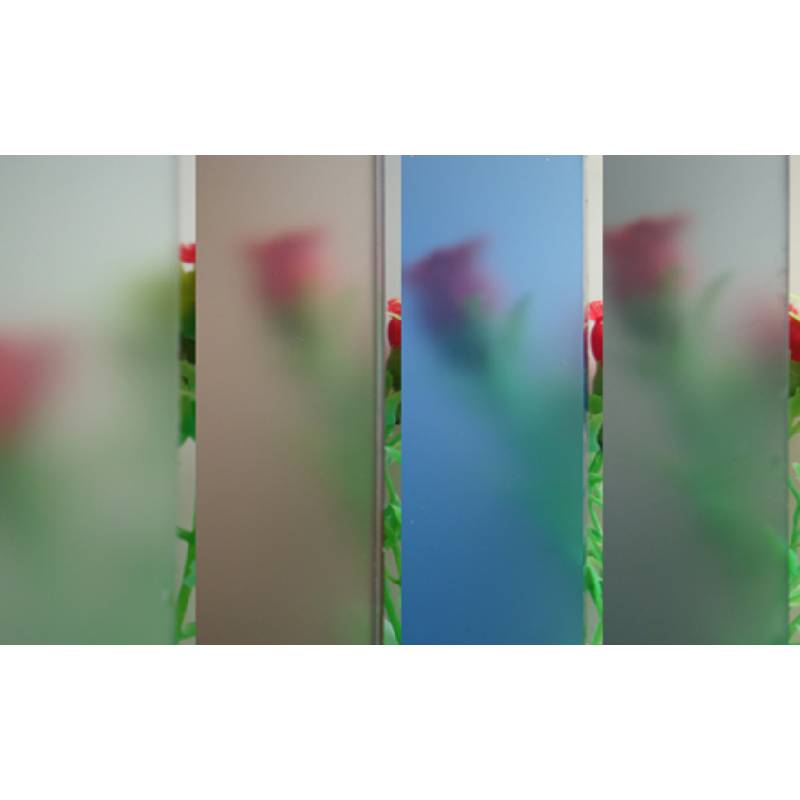Pyrolytic low-E glass is revolutionizing the way we approach energy efficiency and design in modern architectural spaces. Offering a unique blend of aesthetic flexibility and high-performance thermal insulation, this innovative glass type addresses many contemporary concerns related to energy conservation and sustainable building practices. Below, we delve into the key aspects that position pyrolytic low-E glass as a superior choice in today's construction and renovation projects.

Pyrolytic low-E glass, often termed hard coat glass, is distinguished by its robust durability and ease of processing, making it an advantageous material for both commercial and residential applications. Its manufacturing process involves the application of a thin, transparent metal oxide coating during the glass production phase at elevated temperatures. This process not only fortifies the glass but also imbues it with exceptional thermal properties, reducing heat loss during cooler months and minimizing heat gain in hotter climates.
A standout feature of pyrolytic low-E glass is its superior energy efficiency. By reflecting ultraviolet and infrared rays while allowing ample natural sunlight to pass through, this type of glass significantly lowers reliance on artificial heating and cooling systems. Consequently, buildings equipped with pyrolytic low-E glass witness a marked reduction in energy consumption, leading to more sustainable operations and decreased utility costs over time. For businesses and homeowners seeking environmentally conscious solutions without compromising on modern aesthetics, this glass offers an ideal balance.

In terms of practicality,
pyrolytic low-E glass excels in versatility. Its coatings are incredibly durable, resistant to scratches and abrasions, which contributes to its long lifespan and minimal maintenance requirements. This durability is especially valuable in geographic regions with harsh weather conditions, where materials are frequently subjected to fluctuating temperatures and mechanical stress. Unlike other low-E glass coatings, pyrolytic coatings can be easily cut and processed post-production, offering manufacturers and builders greater flexibility when customizing glass shapes and sizes to meet specific architectural needs.
pyrolytic low e glass
Beyond energy savings and durability, pyrolytic low-E glass contributes to improved interior comfort. It enhances the indoor environment by maintaining consistent temperatures throughout a space, minimizing cold spots near windows and reducing indoor temperature fluctuations. Occupants enjoy a more stable environment, which can be particularly beneficial in workspaces where maintaining concentration and comfort are crucial. By blocking harmful ultraviolet rays, pyrolytic low-E glass also helps protect interior furnishings, such as fabrics and artwork, from fading and damage over time, preserving the visual integrity of office spaces and homes.
As industries increasingly pivot towards sustainable and environmentally responsible practices, the demand for pyrolytic low-E glass continues to grow. Building professionals are recognizing not only the environmental benefits but also the increased market value it adds to properties. Structures using this glass type adhere to stringent energy codes and certifications more easily, such as LEED (Leadership in Energy and Environmental Design), which can enhance their appeal to eco-conscious buyers and tenants.
To maximize the benefits of pyrolytic low-E glass, it is crucial for architects and builders to collaborate with experienced suppliers and manufacturers who can provide high-quality materials tailored to specific project requirements. Professionals knowledgeable in the nuances of pyrolytic glass and its installation can offer critical insights into selecting the most suitable products for different climates and architectural designs.
In summary, pyrolytic low-E glass presents a compelling combination of energy efficiency, durability, and versatility, making it an exemplary choice in elevating the sustainability and desirability of modern architectural projects. As the drive for greener buildings intensifies, this advanced glass will undoubtedly play a vital role in achieving energy goals and fostering a more sustainable future in the built environment. Innovators in the construction and renovation sectors stand to benefit greatly by integrating pyrolytic low-E glass into their projects, ensuring structures that are not only aesthetically pleasing but also environmentally responsible.



